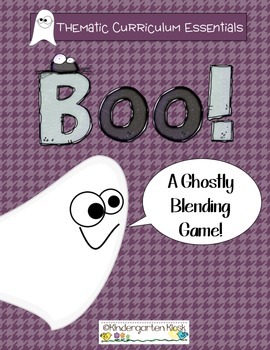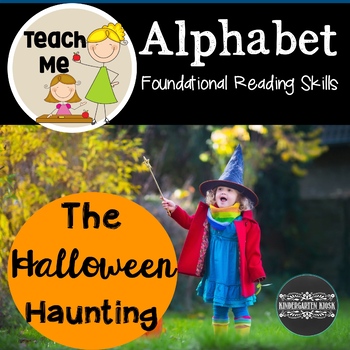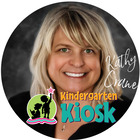 |
| Kathleen's Science Center in Idaho: Home of the Spuds |
Apples, pumpkins, potato, corn....these are just a few items that are being harvested in the field or gathered from a garden. Take advantage of fall’s bounty to add a twist to your skills or introduce a scientific process.
Let your students investigate a pumpkin by reaching in to grab a handful of seeds to count. Cut an apple in half to examine the seed “star” in the center. Use a balance to see how many counting bears will equal the weight of a potato. Use related flashcards to review numbers, letters, and sounds. Read books - fiction and nonfiction - about apples or pumpkins. Graph your favorite kind of potato. Write about eating any of these foods or about a harvest or garden experience.
The learning possibilities are endless - math, literacy, and science goals and standards can all be met while focusing attention on items that are relevant to your students, Stop by your local grocery store...or your own garden...to gather some fruits or vegetables that are being harvested, then begin!
For more ideas and related center materials, check out these units:
Literacy Activities:
Letter Whoo: Identifying Upper & Lowercase Letters
Collecting Acorns: Blending Onset/rime
Catching Crows: Identifying Letters
Hidden Sounds: Identifying Beginning Sounds.
Math Activities:
Scarecrow Patterns: Making shapes with pattern blocks
Whatʼ s Missing: Developing observation & descriptive skills
Leaf Count: Counting Leaves
Leaf Graph: Graphing Leaves
Leaf Hunt: Ordering Numbers
Worksheets
My Leaf Book
Trace and Write Letters A-Z
Writing numbers 1-10
Writing Prompts/Word Wall
Scarecrows
All About Autumn
Harvest Word Wall Words
Guided Reading Book
Fall Leaves
Science
A Tree For All Seasons: Creating trees to represent
the four seasons
A Fall Walk: Observing and recording the change of
season found around the school yard
Seasonal Change of a Tree: Using senses to
observe and record the seasonal changes of a tree.
Art Projects
Leaf Person
Fall Leaves
Leaf Rubbings
Drawing Lesson: A Shapely Scarecrow
Pattern Block Scarecrow
Leaf Painting
Fall Tree
Songs
Autumn Leaves
Pick It Up
Scarecrow
Literacy Activities:
Apple Tree Rhymes: Producing Rhyming Words
Harvesting Spuds: Identifying Uppercase Letters
Harvest ABC Train: Letter Identification
The Country Store: Clapping Syllables
Math Activities:
Ordering Baskets: Ordering objects from least to greatest.
Harvest Sorting: Sorting potatoes or apples into groups
Harvest Balancing: Experimenting with a balance
Number Bingo: Identifying the numbers 0-12
Worksheets
Trace and Write Letters A-Z
Fall Patterns
Writing Prompts/Word Wall
What I Know About Apples
Pumpkins
Harvest Word Wall Words
Guided Reading Books
In The Fall
Science
Apple Experiment: Examining an apple using math and science skills.
Pumpkin Report: Recording Observations
Art Projects
Potato People
Potato Truck Portfolio Page
Apple Thumbprints Portfolio Page
Apple Prints
Construct Pumpkin
Songs
One Potato
I Like Potatoes
Apples
The Apple Tree
Applesauce
The Pumpkin Patch
 Do you have a mystery box that you use for hundreds of things in your classroom. There is hardly a day goes by when I don't use one of mine to hold cards, objects, letters, etc. to play a skill based game. To make this box new and exciting, at times I decorate it to match the game or activity.
Do you have a mystery box that you use for hundreds of things in your classroom. There is hardly a day goes by when I don't use one of mine to hold cards, objects, letters, etc. to play a skill based game. To make this box new and exciting, at times I decorate it to match the game or activity.




























